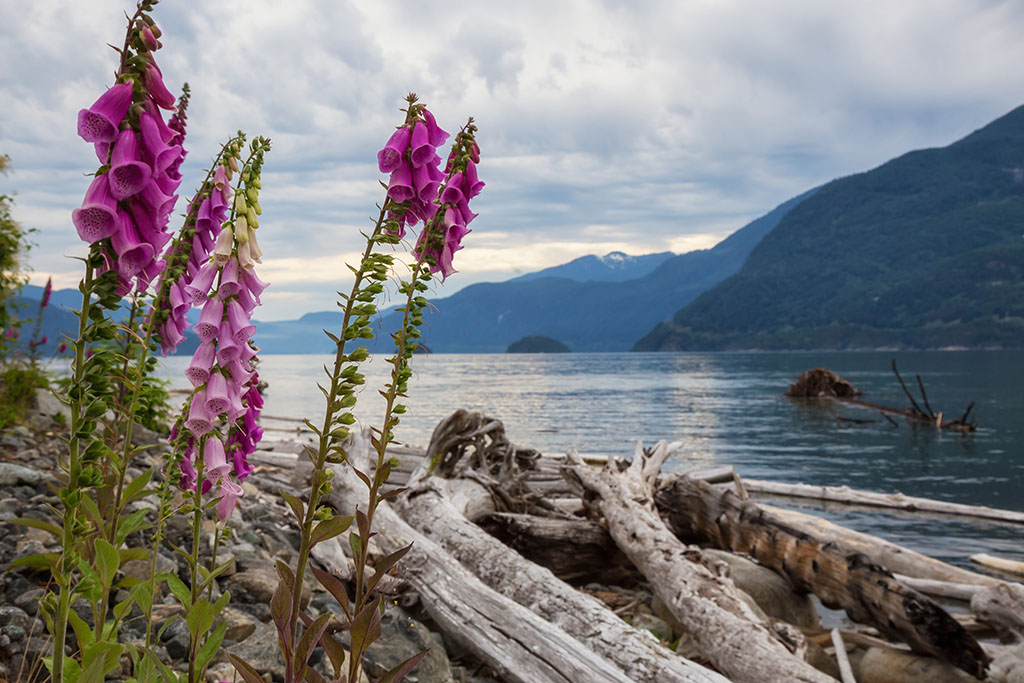
McNab Creek
Howe Sound is a majestic fjord. From glass sponge reefs 300m below the sea to 1700m high Lions peaks this spectacular geography boasts an expanse of biodiverse lands and waters.
Throughout the 19th and 20th centuries industrial activity took a heavy toll on the Howe Sound environment. Starting in the 1990s, a series of conservation efforts were undertaken, which has resulted in an extraordinary ecological recovery. Forage fish and salmon are returning to estuaries and streams throughout the Sound. Dolphins, orcas, grey and humpback whales have returned to its waters after nearly a century’s absence!
Although community support for industrial development in the Sound is fast declining in favour of more sustainable economic activities, demands for industrial use of land and water resources continue to arise. Consequently, resource extraction still threatens to degrade Howe Sound’s world-class scenic and recreational values and reverse its ecological recovery.
McNab estuary is the second largest estuary in Howe Sound. McNab Creek is considered a high-quality salmon habitat with spawning channels for coho and chum. This area supports chinook, pinks, rainbow trout and steelhead; bald eagles, Roosevelt Elk , and an estuary flourishing with marine life .
The SCCA has worked for nearly a decade to protect McNab Creek from the threat of industrial activity.

